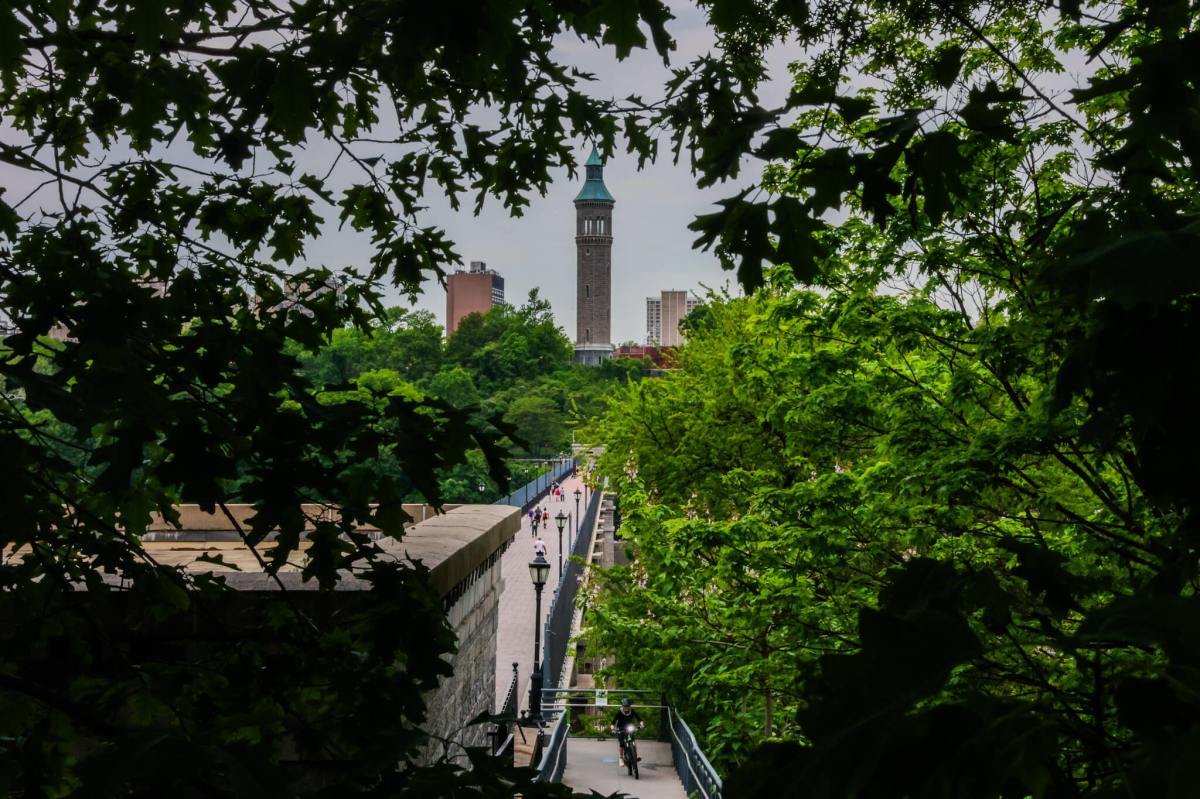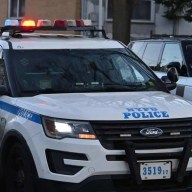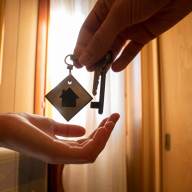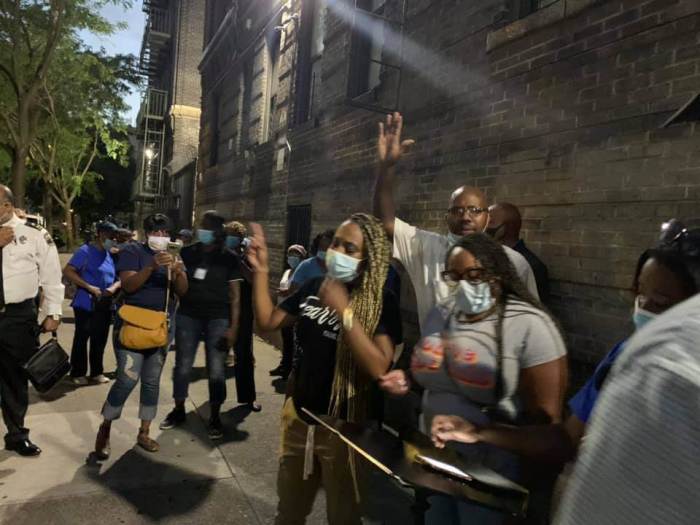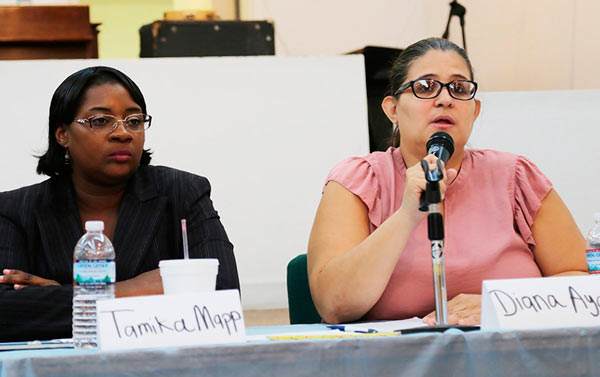The number of Legionnaires’ disease cases has increased from 19 to 24 over the past week, and the death toll has risen from one to two, the city health department said Wednesday.
Four people are currently hospitalized with the disease, the city health department officials also confirmed on Wednesday. The outbreak has permeated the Highbridge section of the Bronx since May 3.
The two individuals who died from the illness were more than 50 years old and had risk factors for severe disease, according to health officials.
The bacteria that causes the disease, Legionella pneumophila, was found in four cooling towers in the Highbridge neighborhood’s 10452 and 10456 ZIP codes. The towers were completely remediated last week, according to the health department.
People get Legionnaires’ disease — a type of pneumonia — by breathing in water vapor with Legionella bacteria, which grows in warm water, such as cooling towers, whirlpool spas, hot tubs, humidifiers, hot water tanks and evaporative condensers of large air-conditioning systems, according to the health department.
Personal home and car air-conditioning units are not a risk because they do not use water to cool the air, according to the Centers for Disease Control and Prevention (CDC) website.
Nancy Kheck, the health director for Bronx Borough President Vanessa Gibson’s office, explained in an interview with the Bronx Times that since people would have caught the disease by breathing in water vapor from the infected cooling towers, they would have been either on the roof, on a terrace or just walking by outside, which wearing a mask would have prevented, she added.
Cooling towers, which are used for large air conditioning systems, should not be confused with water towers. Kheck emphasized that people in the Bronx should not be afraid of catching the illness from drinking tap water, as the water supply is completely separate.
Past outbreaks in the city were also linked to cooling towers, and Kheck said Gibson years ago pushed for legislation requiring a registry for cooling towers, as well as inspections, making it easier to track the source of outbreaks.
But a 2016 CDC factsheet lists drinking water as a source of infection, both through showering, and in rare cases, breathing in the bacteria when water “goes down the wrong pipe” and enters the lungs. The federal agency website says that this is particularly relevant for people with swallowing difficulties.
This differs from the city health department messaging, which says individuals “only” get sick by breathing in water vapor with the bacteria.
Kheck said it is highly unlikely someone would consume the bacteria from NYC’s water and speculated that the CDC’s federal messaging is different because of how the city’s water is treated. She expects cases to halt now that the infected cooling towers have been thoroughly cleaned and inspected.
Symptoms of the disease resemble other types of pneumonia, such as fever, chills, muscle aches and cough. But NYC Health Commissioner Dr. Ashwin Vasan said most people exposed to the bacteria do not get sick.
As for those who do get sick, the CDC says most end up needing hospital care and make a full recovery, but 1 in 10 people who get the disease die from the infection.
Adults who have been in the Highbridge area over the past month who have flu-like symptoms, fever, cough or difficulty breathing should seek immediate medical attention from urgent care or a primary care provider, according to the health department.
People ages 50 and older, cigarette smokers and people with chronic lung disease or compromised immune systems are at higher risk, for whom the disease can be severe or even fatal, according to the NYC health department.
The disease is not contagious, and when caught early, it can be treated with antibiotics, according to the city health department.
The number of Legionnaires’ cases has been on the rise over the past two decades, according to the CDC. In 2018, health departments reported nearly 10,000 cases in the United States. But the disease is likely underdiagnosed, and the true number of cases may be 1.8-2.7 times higher than reported.
While Legionnaires’ cases can occur any time, it is more prevalent in the summer and early fall, the CDC says.
New York City sees an average of 200-500 Legionnaires’ disease cases each year, according to the health department. There have been various outbreaks in the Bronx, including three in 2015 that infected 153 people and killed 17. Prior to this outbreak, the borough last saw the disease in 2018 in Co-op City, which killed one person.
The Bronx Times has reached out to the city health department and is awaiting a response.
This story was updated at 5:35 a.m. on June 5
Reach Aliya Schneider at aschneider@schnepsmedia.com or (718) 260-4597. For more coverage, follow us on Twitter, Facebook and Instagram @bronxtimes

